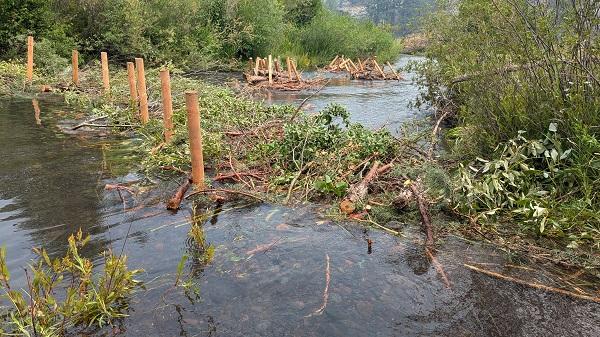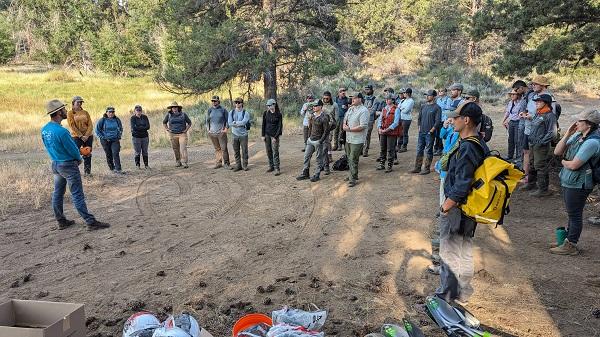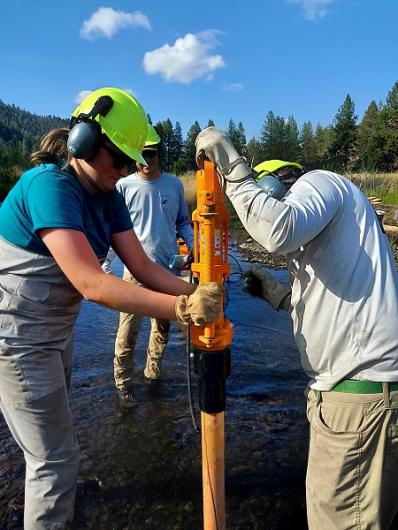Related Stories
- Overcoming challenges to move the BLM forward: Nikki Haskett
- Fueling the frontlines: State program accelerates wildland firefighter training
- Local volunteers are the rock of the San Juan Islands National Monument
- Gravel to Gravel: Combating Elodea to protect Alaska's salmon habitats
- Taos Field Office conducts fish population survey in the Rio Grande del Norte National Monument
Office
3050 N.E. 3rd Street
Prineville, OR 97754
United States
Phone:
Email:




